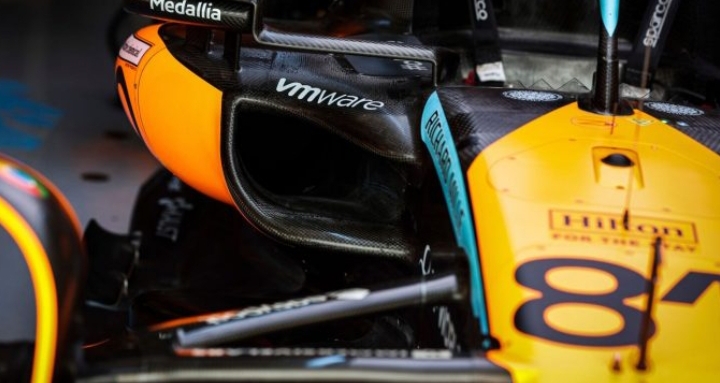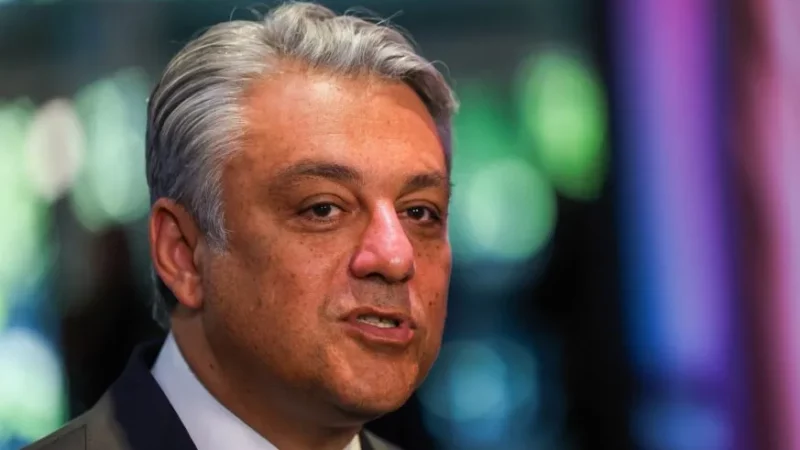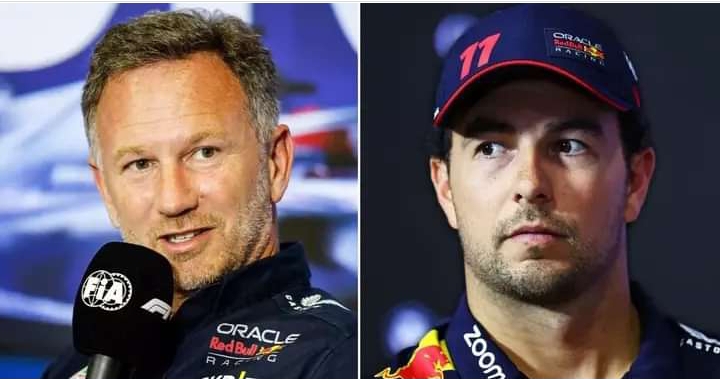Three teams that could advance quickly in Singapore have been revealed.

F1 teams are prepared for one of the most intense venues on the calendar, from the Temple of Speed to the Marina of Relentlessness. But whose chances of success are good?
The Singapore Grand Prix has developed into a modern classic and an essential component of sport despite frequently being the scene of scenes of chaos, drama, and controversy.
We walk you through Singapore’s special challenge and which teams may be in a good position to succeed as the Marina Bay Street Circuit hosts one of the toughest races of the year.
The circuit has changed in what ways for 2023?
In its 16-season history, the Marina Bay Street Circuit has undergone a number of minor adjustments, but the basic 23-turn layout of the track has not changed. However, this season marks the circuit’s first significant configuration change, with the number of turns decreasing to 19.
Sector three, which has historically been a collection of mostly 90-degree corners, is where the section of the circuit that is being eliminated from the circuit is located.
The four corners that formerly made up turns 16 to 19—the right-left-right sequence that sent the drivers under a grandstand—have been temporarily removed as a result of the Float at Marina Bay’s transformation into “NS sq..”.
Several drivers ran into the barrier at turn 18 while overtaking in the narrow straight between turns 17 and 18.
However, the section is usually single file, so making it one straight will probably give drivers more opportunities to pass.
Visually, this might make the relentless difficulty of the Marina Bay circuit look less spectacular, especially from the onboard cameras, but hopefully this will provide the increase in action that many have been hoping for.
What traits does the Singapore circuit have?
Teams will strive to produce much more downforce from their cars than they did on the Monza circuit. The majority of the track’s turns are slow moving, and the straightaways are brief. The circuit modifications for 2023 will slightly reduce the need for extremely high downforce configurations, but the track will still unquestionably favor the teams that can run higher loads on the car at their best.
In 2022, there were three DRS zones on the Marina Bay Street Circuit; this year’s race’s addition of a new, longer straight makes room for a fourth.
Alternately, one of the DRS zones with lower effectiveness could be shifted to this longer straight.
In either case, lengthening the DRS activation zones will only benefit the teams that are proficient in using them.
Teams will have to configure their cars to be able to handle the peculiarities of the public roads, as is typical with street circuits.
To get a good result, a car must be able to handle the undulations, drain covers, and painted lines with little traction.
Despite Singapore’s high temperatures and the tarmac’s moderate abrasiveness, concerns about the tyres’ thermal degeneration are likely to arise. Teams must also make sure their vehicles have enough cooling to handle the weather.
An extra opportunity will be given to cool the car down and maintain the temperatures of the power unit and brakes thanks to the addition of another straight.
Who will likely perform well in the Singapore Grand Prix?
The teams hoping for painful outcomes at the fast-paced Monza circuit are likely hoping for very different outcomes at the Marina Bay circuit.
The same top speed deficits seen in Monza won’t occur for some of the teams who have acknowledged having issues with aerodynamic drag.
Since Monza’s lack of aerodynamic efficiency caused performance drops for McLaren, Aston Martin, and especially Alpine, Singapore’s much lower average speeds will help them move up the grid.
Particularly Fernando Alonso and Aston Martin have been considering the Singapore GP as a potential winning venue for some time.
Lewis Hamilton’s pole position for the Hungarian Grand Prix is evidence that Mercedes, which also experienced the pain of a sluggish car, prefers the circuits with more downforce.
Average speeds will be higher than usual due to the modified Singapore circuit, which may make any drag-related issues harder to hide than in previous seasons.
Red Bull has been the clear leader of the pack in 2023, but teams have occasionally outperformed them in the preliminary rounds.
Even if they don’t lock out the front row, it’s difficult to rule out Red Bull for the race despite this.
Their tyre efficiency will probably prevail once more, helped by any increase in DRS zone length, if they can avoid trouble on the opening lap.
Ferrari may find themselves focusing more on Mercedes, Aston Martin, and McLaren in Singapore after throwing everything they had at Red Bull on their home track.






